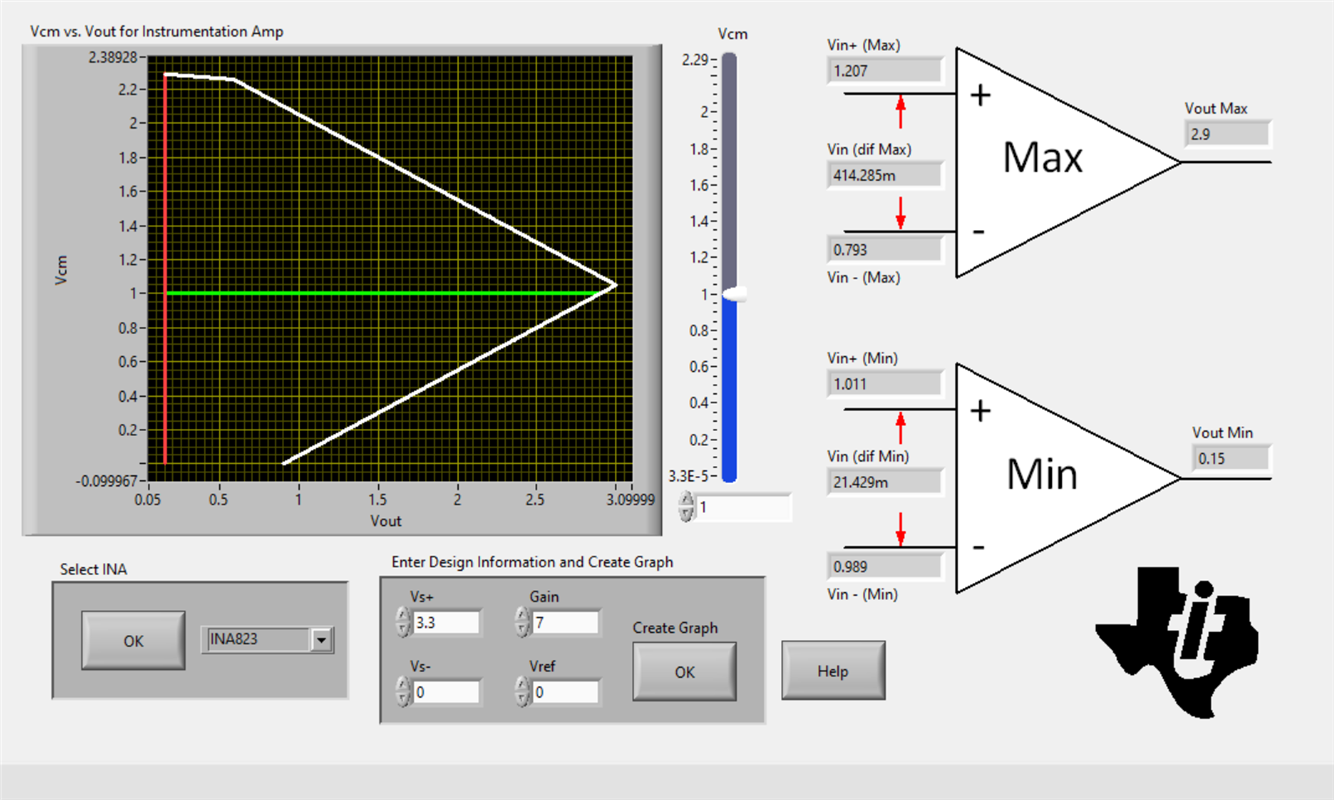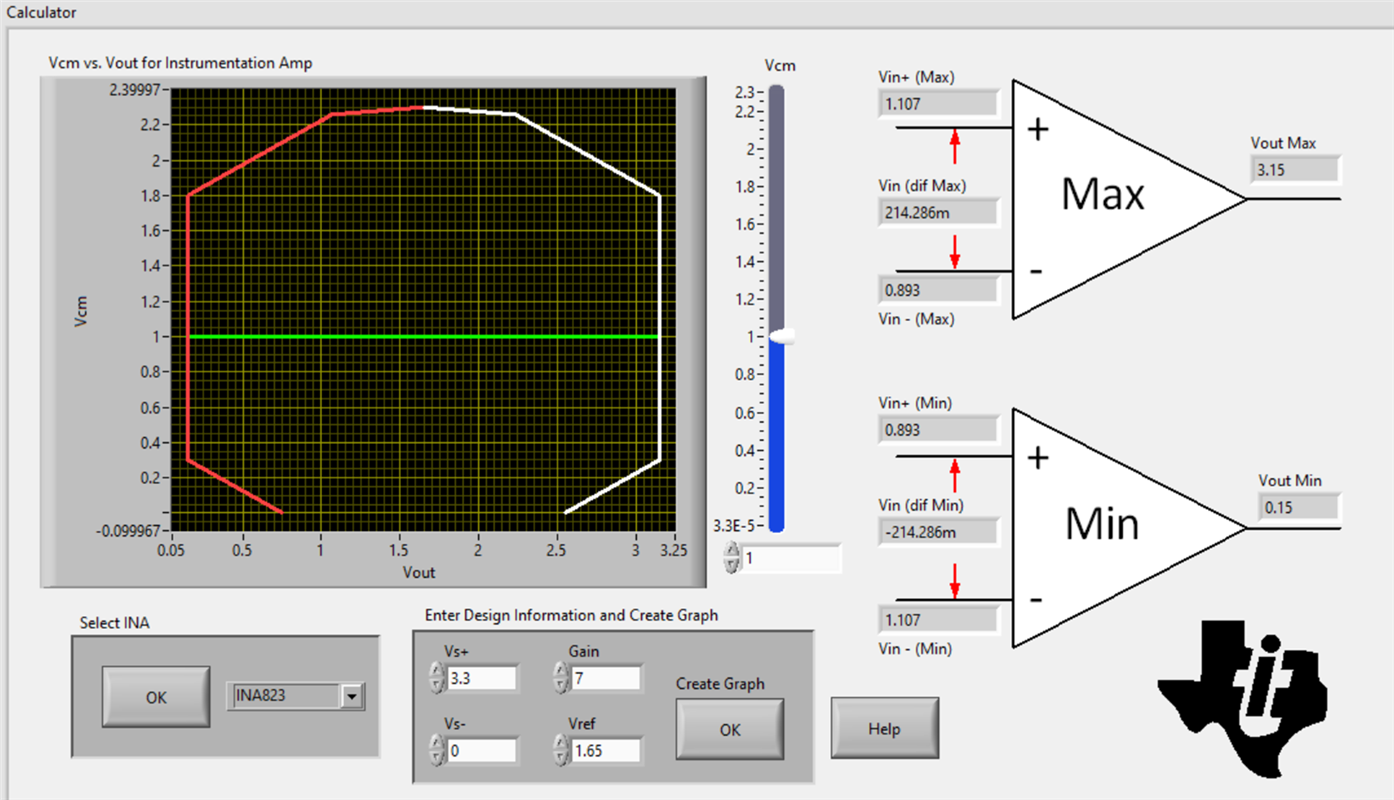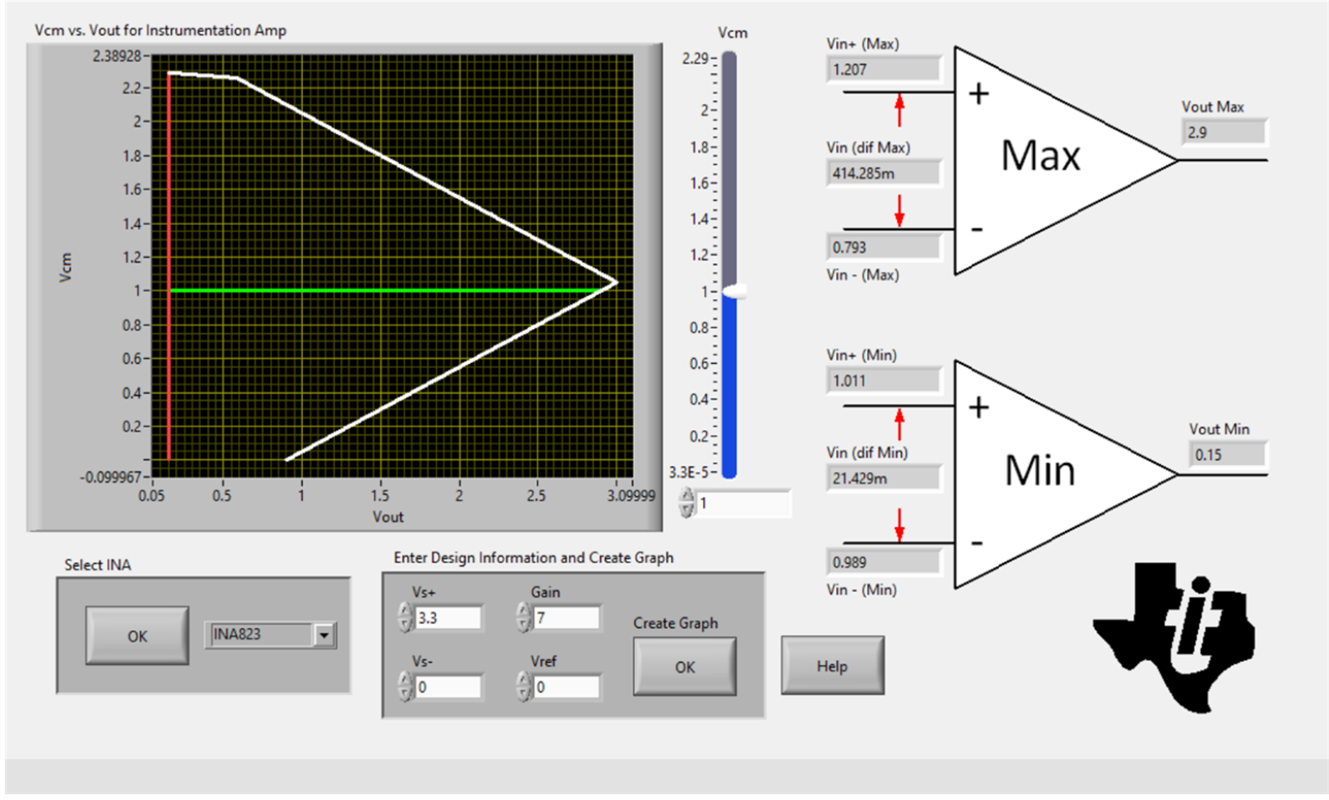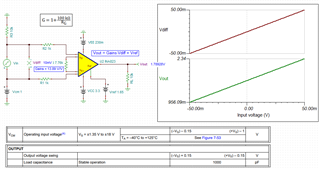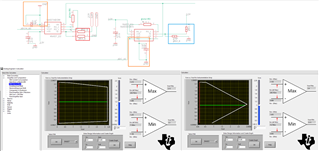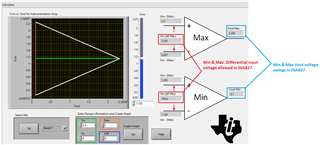Other Parts Discussed in Thread: INA823, TMUX1108, INA818, TMS320F28379D
Hello everyone,
I currently have the problem that I want to record a signal with two different amplifications.
I'm using the INA823 for the low gain and the INA827 for the higher gain (was still in the cupboard).
I had problems with a too high offset in the INA823, where at 0V input voltage the output was 140mV.
I then assembled the board piece by piece and looked at the point at which the problem occurred.
The result was that the offset goes from about 0V to 140mV as soon as the RG of the INA827 is populated (RG=9kOhm, G=13.8).
Does anyone have any idea what this could be due to?
Here is a snip of the circuit: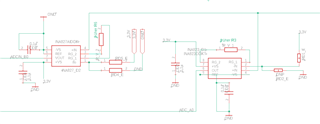
Best regards
Leon


